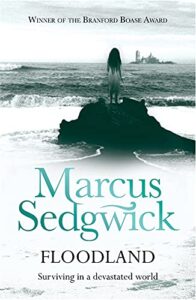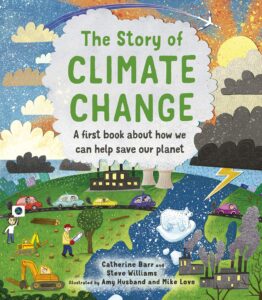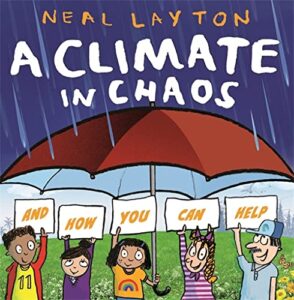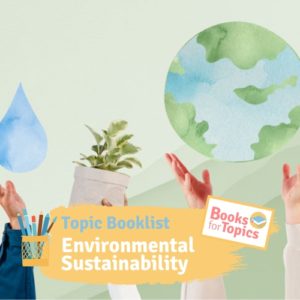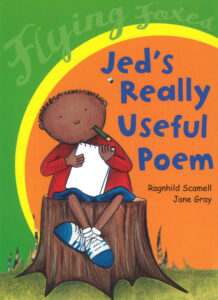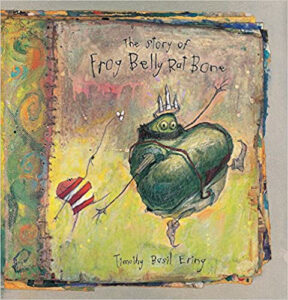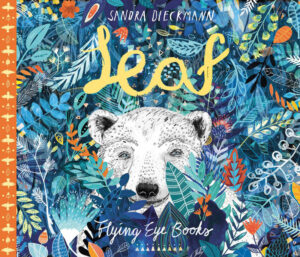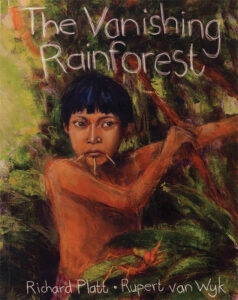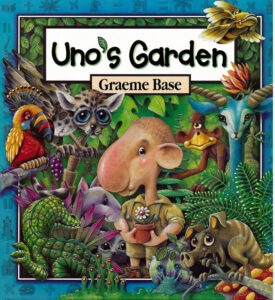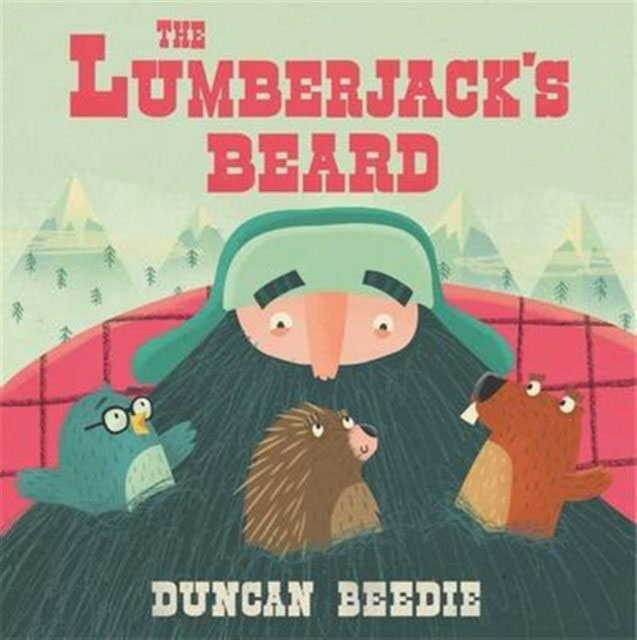A gripping, prizewinning novel about a girl surviving in a devastated world.
Imagine that a few years from now England is covered by water, and Norwich is an island.
Zoe, left behind in the confusion when her parents escaped, survives there as best she can. Alone and desperate among marauding gangs, she manages to dig a derelict boat out of the mud and gets away to Eels Island. But Eels Island, whose raggle-taggle inhabitants are dominated by the strange boy Dooby, is full of danger too.
The belief that she will one day find her parents spurs Zoe on to a dramatic escape in a story of courage and determination that is handled with warmth and humanity.
This book was the winner of the Branford Boase Award 2001 and marked the start of author Marcus Sedgwick’s multi-award-winning career.







